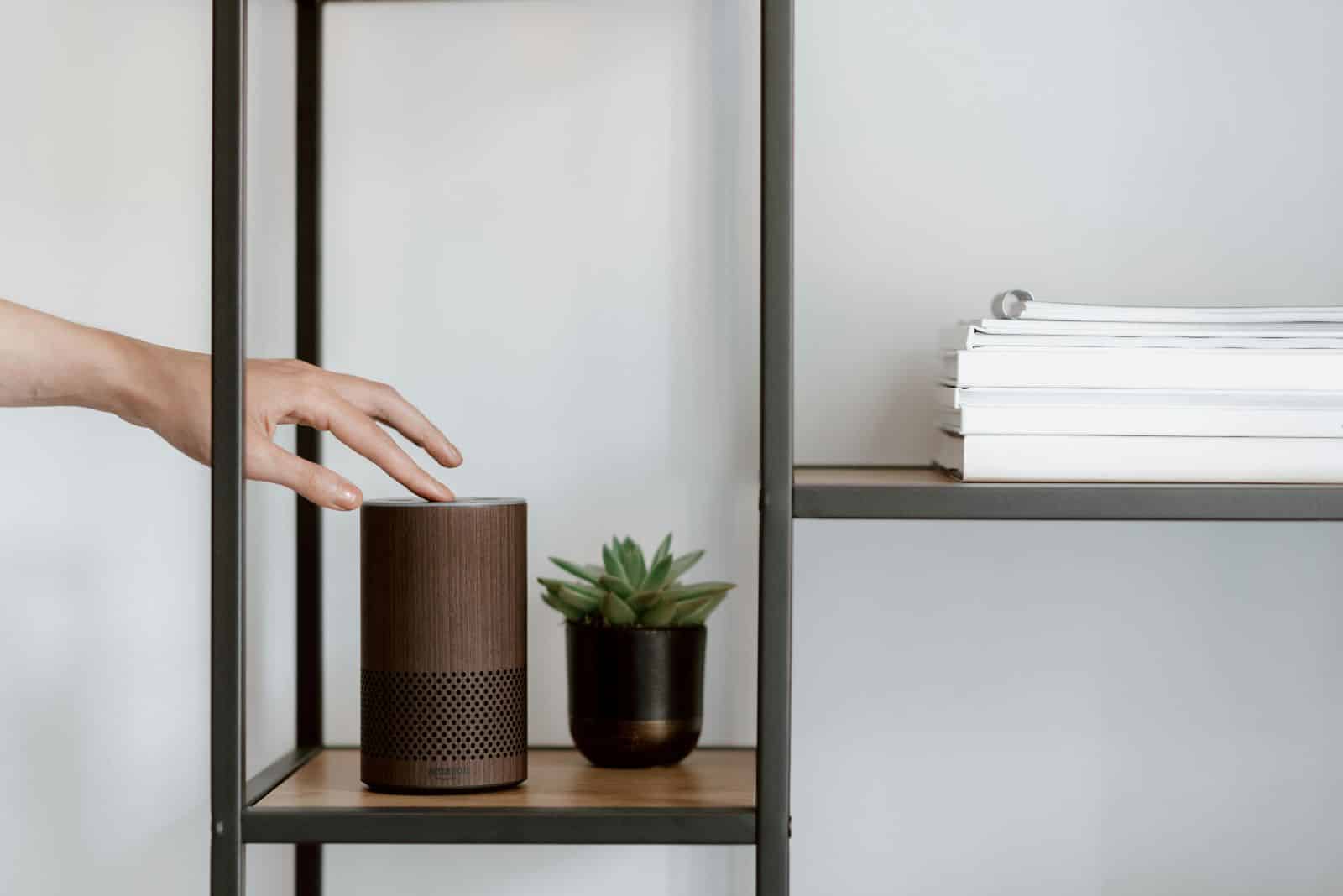Smart home technology has journeyed from novelty to necessity in recent years, becoming woven into the fabric of modern living. Today’s homeowners increasingly seek to create healthier indoor spaces while embracing more sustainable practices. From intelligent thermostats that optimize energy use to sophisticated air purification systems that safeguard our health, these interconnected devices are fundamentally changing how we interact with our living spaces—delivering convenience while supporting our wellbeing and environmental commitments.
The Evolution of Smart Home Technology

The transformation of smart home technology has been remarkable—evolving from basic programmable thermostats to complex ecosystems of devices working in harmony. Contemporary smart homes harness sensors, artificial intelligence, and Internet of Things (IoT) connectivity to create responsive environments that adapt to our needs. This evolution mirrors our changing priorities: moving beyond simple convenience toward meaningful energy efficiency and environmental stewardship. Today’s systems learn from our habits, anticipate our needs, and optimize resource usage without constant input.
Smart Devices and Indoor Air Quality
Indoor air quality plays a crucial role in our overall health, especially considering most people spend approximately 90% of their time inside. Smart air purifiers, humidity sensors, and intelligent ventilation systems now continuously monitor air composition, identifying pollutants, allergens, and volatile organic compounds (VOCs) often missed by human perception. These sophisticated devices employ multi-stage filtration technologies—including HEPA filters and activated carbon—capable of capturing particulates as small as 0.3 microns. Research from the Environmental Protection Agency has established clear links between improved indoor air quality and measurable benefits in respiratory health and cognitive performance.
Sustainable Cleaning Solutions in the Smart Home
Traditional cleaning approaches typically rely on chemical-intensive products, excessive water consumption, and high energy usage. Smart homes offer a more sustainable alternative through automated cleaning devices that minimize environmental impact while maintaining cleanliness standards. For example, robot vacuum cleaners can be programmed to maintain floors regularly, reducing reliance on harsh chemicals while creating a consistently dust-free environment with minimal energy use. One family documented a 60% reduction in chemical cleaner purchases after integrating smart cleaning technology, while simultaneously noting improved symptoms for their child with asthma.
Comparing Smart Cleaning Devices to Traditional Methods
When measured against conventional approaches, smart cleaning technology offers compelling advantages:
| Factor | Smart Cleaning Devices | Traditional Methods
|
|---|---|---|
| Energy Use | Optimized, scheduled operation | Often higher consumption |
| Chemical Usage | Reduced or eliminated | Typically chemical-intensive |
| Efficiency | Consistent, thorough coverage | Variable, dependent on user |
| Environmental Impact | Lower carbon footprint | Higher waste generation |
The advanced filtration systems built into these devices capture microscopic particles that conventional cleaning often misses, while consuming up to 70% less energy than traditional vacuum cleaners when used efficiently.
Maintenance, Longevity, and Environmental Responsibility
Extending the useful life of smart devices represents a critical aspect of environmental responsibility in our increasingly electronic world. Regular maintenance and thoughtful repair significantly reduce environmental impact compared to replacement. Simple practices—cleaning sensors, updating firmware, and replacing only damaged components—can often double a device’s service life. In one telling example, a homeowner successfully restored a malfunctioning smart cleaning device by replacing a single sensor rather than discarding the entire unit, preventing approximately 5.5 pounds of electronic waste from entering the landfill.
Enhancing Daily Life: Practical Tips for Smart, Sustainable Living

Key Takeaway: Begin with devices that address your most immediate concerns—perhaps air quality monitors if allergies affect your household, or smart thermostats if energy efficiency tops your priority list. Build your smart home ecosystem gradually, ensuring each addition serves both sustainability and health objectives.
Rather than creating entirely new routines, integrate smart devices into your existing patterns. Schedule cleaning operations during your workday, or program air purifiers to increase filtration before bedtime to promote better sleep quality.
Reflecting on the Future of Smart, Sustainable Homes
The merging of smart technology with health and sustainability goals marks a meaningful shift in how we approach home management. By thoughtfully selecting and maintaining devices aligned with your values, you can transform your living space into an environment that actively supports wellbeing while reducing ecological impact. Consider how your home might serve not just as comfortable shelter, but as an active contributor to a healthier lifestyle and planet. What single step toward a smarter, more sustainable home will you implement today?
The post The Role of Smart Home Technology in Creating a Healthier and More Sustainable Living Environment first appeared on Mama Say What?!
Featured Image Credit: Pexels





